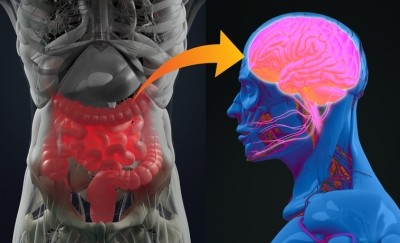Japan’s functional food insights part 3: Why do so many products not stand the test of time? – Exclusive data

Since the start of the FFCs scheme in April 2015 to March 2020, 253 FFCs have already withdrawn the notification.
This is about 8.5% of all of the 2,951 FFCs notified to the Consumer Affairs Agency (CAA) during the same period.
The data is based on the report ‘In-depth Analysis of the Status of Foods with Function Claims (FFC)’ produced by Japan-based health foods and cosmetics consultancy firm Smooth Link.
As compared to the other scheme Food for Specified Health Uses (FOSHU), the FFC scheme does not require approval by the Consumer Affairs Agency (CAA) to make a health claim.
It is the manufacturers’ responsibility to evaluate the safety and effectiveness of the product and submit the information to the CAA’s secretary general for it to be publicly disclosed on the CAA website.
Out of all of the notified FFCs, only 1,374, which is about 46.5% of them were available in the market as of March this year
“Many others are not yet starting the sales,” said the report on the rest of the FFCs.
End-of-sale was the top reason for withdrawal of FFCs from the market.
Out of the 253 FFCs that were withdrew from the market, 115 were removed due to end-of-sale.
End-of-sale means that a company has stopped the production and sale of a particular product once the products were sold out.
Twenty-five were removed due to the need for product reformulation – the second most common reason for product withdrawal.
The third most common reason was the lack of a good sales outlook and 22 FFCs were removed as a result.
The other reasons include organisational change, change of retailer, change in product name, and re-evaluation of health claims.
Case studies
Some FFCs, such as those containing glucosamine and HMB, were forced to be removed and make new changes to the ingredient names and claims due to new scientific findings.
For example, 27 glucosamine products that made joint health claims were withdrawn following the publication of a new scientific research paper by The BMJ in 2017.
The meta-analysis found that glucosamine products, other than prescription crystalline glucosamine sulfate, are not effective in hip or knee osteoarthritis pain and function.
In addition, it pointed out that the correct name of glucosamine should be glucosamine hydrochloric acid.
“Because of this, many sellers had to change the notification information. Fourty-five disappeared from the shelves, including 27 withdrawn items. Seventeen had unknown status,” said the report.
Another example was related to FFCs containing HMB.
As the correct name of HMB should be HMB calcium, companies were ordered to take down products with the incorrect name.
Subsequently, only 14 out of the 45 HMB products managed to make a return to the market.


















